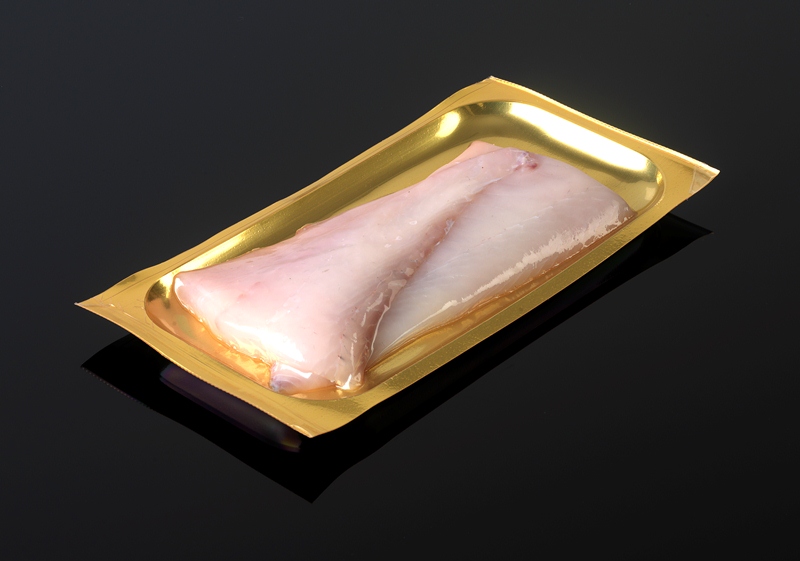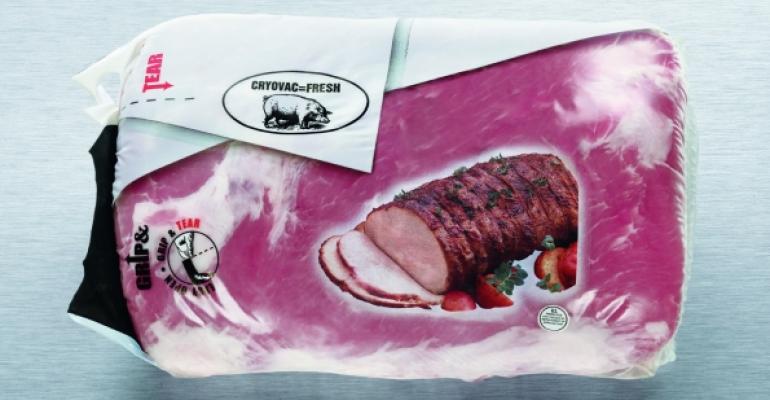There’s no doubt about it: local food sourcing and sustainability are top-of-mind issues for both restaurants and consumers.
Six of the top ten trends in the National Restaurant Association’s What’s Hot 2015 Culinary Forecast, based on a survey of nearly 1,300 chefs, reflect those concepts. The top three are locally sourced meats and seafood, locally grown produce and environmental sustainability. The seventh, eighth and ninth trends are hyper-local sourcing, sustainable seafood and food waste reduction/management.
In light of this, a growing number of restaurant operators are working on local sourcing and sustainability goals. However, given the complexities of these issues, not to mention the many other demands on their time, expert guidance comes in handy.

Terry Grill is Director, Sustainability-Americas, for Sealed Air Corp., maker of Cryovac® brand food packaging. She collaborates with Sealed Air customers, both food processors and restaurants, to help them evaluate and improve their sustainability goals and practices.
The evaluation of a food product, such as an animal protein, involves multiple factors. “We often work with the entire supply chain, from the time the protein is raised to the time that it gets to a restaurant,” says Grill.
The considerations range from the investment in animal feed and water to the energy used to process and transport the meat to the packaging. Ideally, the packaging protects the product, extends freshness and shelf life, conserves space and weight in distribution and controls portions, thus potentially reducing food waste.
“It’s most important that the product arrives to the restaurant undamaged, tasting fresh and safe to eat,” notes Grill.
She emphasizes that steps taken for sustainability must be consistent with sound management principles: “The decisions have to make sense from a business perspective.”
When it comes to local food, one might assume that the product that travels the shortest distance to the end user is the most sustainable. However, there is more to it than that.

“Local sourcing and sustainability are not necessarily synonymous,” says Grill. “But there are ways to balance the desire to satisfy consumers who want local food with overall sustainability.”
A restaurant may offer local food simply to satisfy clientele that demand it, or include local food in a broader sustainability effort. For example, it may publicize the fact that it buys steak from a local producer, thus supporting the local economy and reducing distribution costs.
However, choosing steak based on actual overall sustainability is a more complex calculation. It might seem a no-brainer for a restaurant in Texas to buy Texas steak. However, given the drought in the Southwest, the total environmental impact of importing feed and water to raise cattle there may make steak shipped from across the country a more sustainable and cost–efficient buy.
Grill points out that restaurants can satisfy patrons who desire local food while operating in a profitable and sustainable way. For example, there is a restaurant that chooses the majority of its food based on overall sustainability but always has one locally sourced item on the menu. Another restaurant serves an entire menu of local food one day a week, when the community farmer’s market is open.
Packaging decisions can do much to improve overall sustainability. Take switching from bulky, heavy No. 10 cans to flexible pouches. A pouch is one-tenth the weight of a can and occupies 20 percent less volume in transportation and storage.
Reducing food waste is another significant sustainability gain. Buying boneless, skinless chicken breasts in the portion-controlled Cryovac® Saddle Pack, rather than cutting chickens in the kitchen, allows a restaurant to open just as many pieces as needed, potentially reducing waste. In addition, there is no waste of bones and skin.
Cryovac® puncture-resistant film allows packages of costly bone-in meats to survive rigorous handling without bone punctures. Another package for meats, the Cryovac® Grip & Tear bag, opens easily with a pull tab rather than a knife. This is safer for kitchen employees and also eliminates the risk of accidentally scarring a pricey roast.

Protecting delicate products such as avocado pulp and fruit purees from the harmful effects of oxygen and extending their shelf life are Cryovac® Freshness Plus® VPP barrier film pouches. Cryovac® Darfresh® 10K vacuum film packages seal tightly over fish fillets to preserve color, flavor and integrity. Shelf-stable Cryovac® Flavour Mark™ aseptic and retort pouches allow certain products to be kept in dry storage rather than under refrigeration, saving space and utilities.
Restaurant operators may be pleased to discover that the measures and solutions discussed above result in an improved business as well as a better environment. Grill sums it up: “Generally, efficient business practices are also sustainable business practices. They are not exclusive in the least.”





